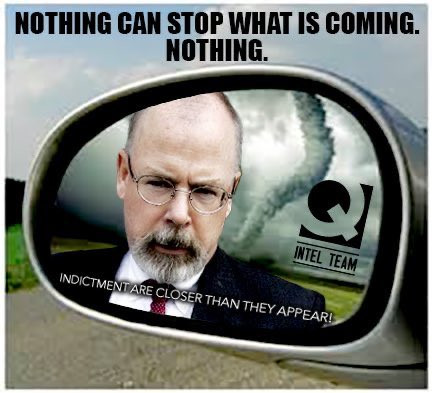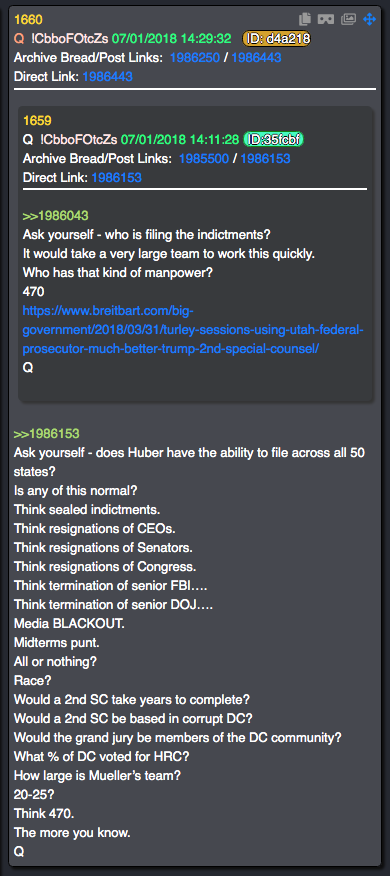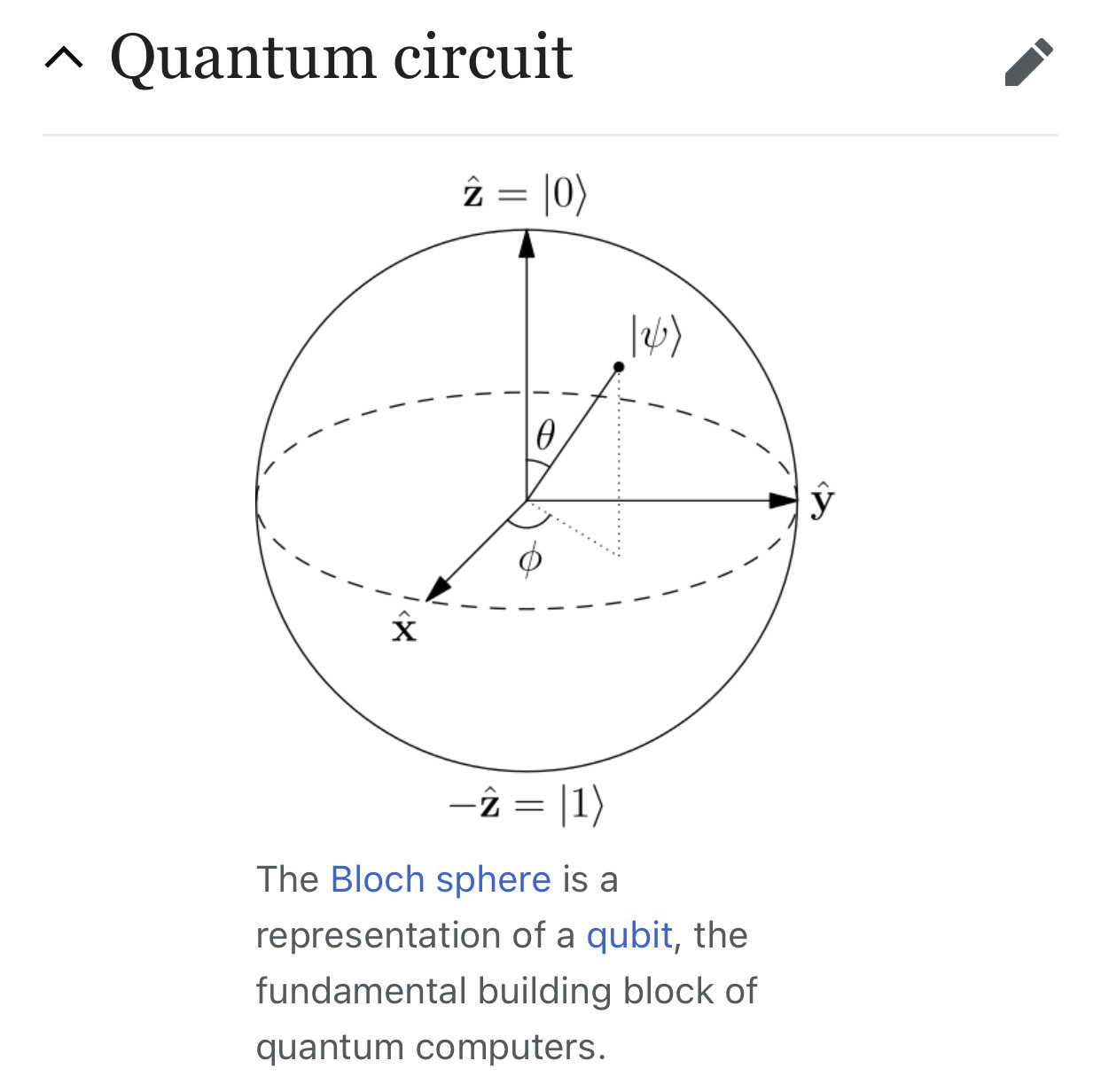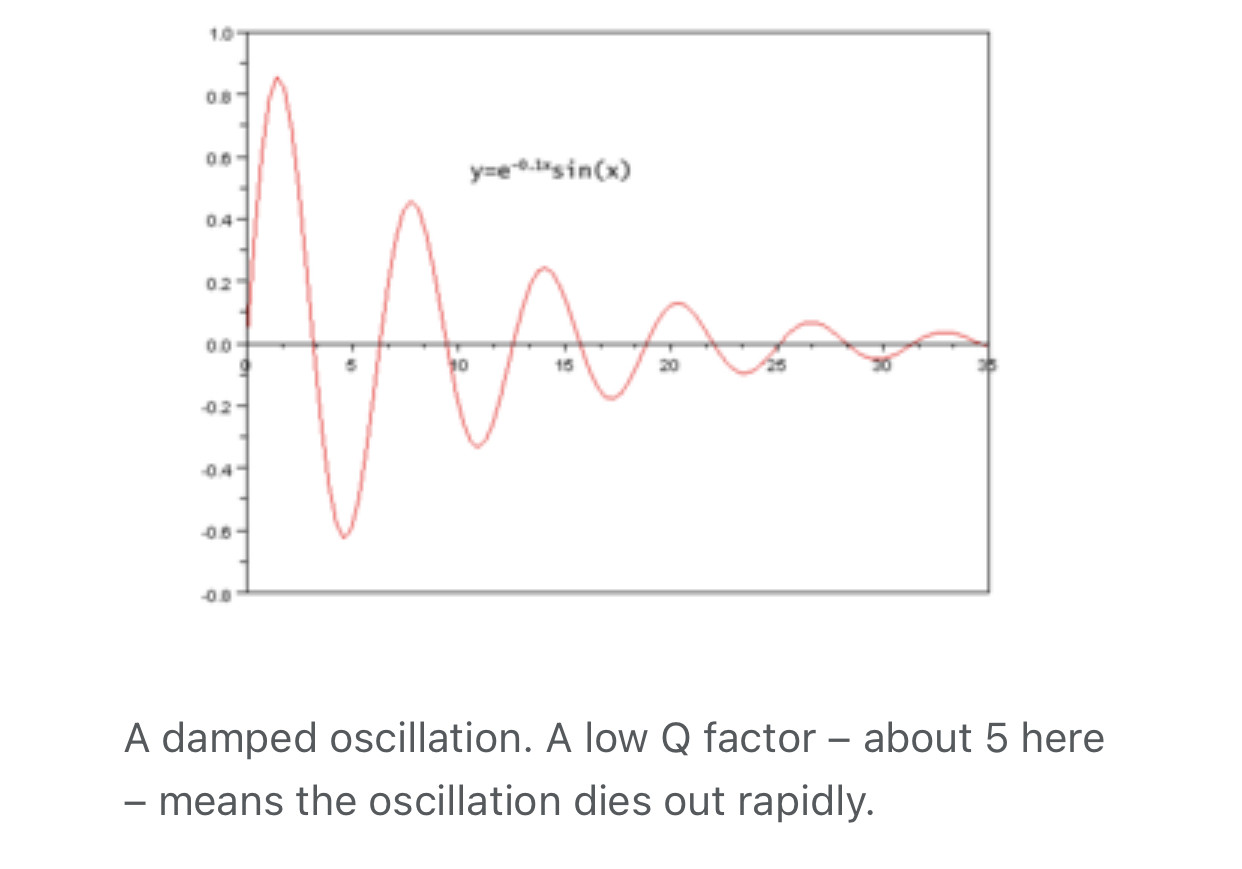Have they locked up Joe Biden for cheating yet?
What about the corrupt Hillary Clinton?
Or even Prince Andrew?
If not why not because nobody is above the law.
Red-pilled and mind-blown by Eustace Mullins books, once upon a time... One foot down the rabbithole, one foot on The High Road.
Wide?
In April 2019 he was assigned to investigate the origins of the FBI's investigation into Russian interference in the 2016 United States elections...
Red-pilled and mind-blown by Eustace Mullins books, once upon a time... One foot down the rabbithole, one foot on The High Road.
fifty-fifty chance
An equal chance of one of two results occurring. Refers to a 50% probability. When I flip this coin, there is a fifty-fifty chance that it will land on heads.
Probability is the branch of mathematics concerning numerical descriptions of how likely an event is to occur, or how likely it is that a proposition is true. The probability of an event is a number between 0 and 1, where, roughly speaking, 0 indicates impossibility of the event and 1 indicates certainty.
In quantum computing, a qubit (/ˈkjuːbɪt/) or quantum bit is the basic unit of quantum information—the quantum version of the classic binary bit physically realized with a two-state device. A qubit is a two-state (or two-level) quantum-mechanical system, one of the simplest quantum systems displaying the peculiarity of quantum mechanics. Examples include the spin of the electron in which the two levels can be taken as spin up and spin down; or the polarization of a single photon in which the two states can be taken to be the vertical polarization and the horizontal polarization. In a classical system, a bit would have to be in one state or the other. However, quantum mechanics allows the qubit to be in a coherent superposition of both states simultaneously, a property that is fundamental to quantum mechanics and quantum computing.
Quantum computing relies on quantum bits, or “qubits”, which can also represent a 0 or a 1. The crazy thing is, qubits can also achieve a mixed state, called a “superposition” where they are both 1 and 0 at the same time. This ambiguity – the ability to both “be” and “not be” – is key to the power of quantum computing.
maybe
perhaps; possibly.
“To be, or not to be, that is the question”
"To be, or not to be" is the opening phrase of a soliloquy given by Prince Hamlet in the so-called "nunnery scene" of William Shakespeare's play Hamlet, Act 3, Scene 1. In the speech, Hamlet contemplates death and suicide, bemoaning the pain and unfairness of life but acknowledging that the alternative might be worse.
Shakespeare’s Secrets: A Hidden Cipher in Literature’s Greatest Works?
by Kristin Davis (Vanderbilt University)
William Shakespeare has for centuries been considered one of the greatest literary figures of all time, but a secret cipher hidden within the very pages of his plays may tell an exceedingly different story, one of forbidden marriages, a forgotten prince, and most of all, the genius of one man: Francis Bacon.
Born in sixteenth century England, Sir Francis Bacon was not only Lord Chancellor of England under James I, but was also a brilliant philosopher (British Broadcasting Company, 2012). Though not appreciated in his time, one of Bacon’s greatest achievements was a simple cipher he incorporated in his written works called the Baconian cipher (Sherman, 2010). The Baconian cipher does not possess great strength against decryption; instead its immense power and intrigue resides in its ability to make mystery lie, or appear to lie, in everything.
While most ciphers’ strengths dwell in the difficulty of finding the key to unlock a pattern, the Baconian cipher’s power lies in the challenge of uncovering its existence (Sherman, 2010).




